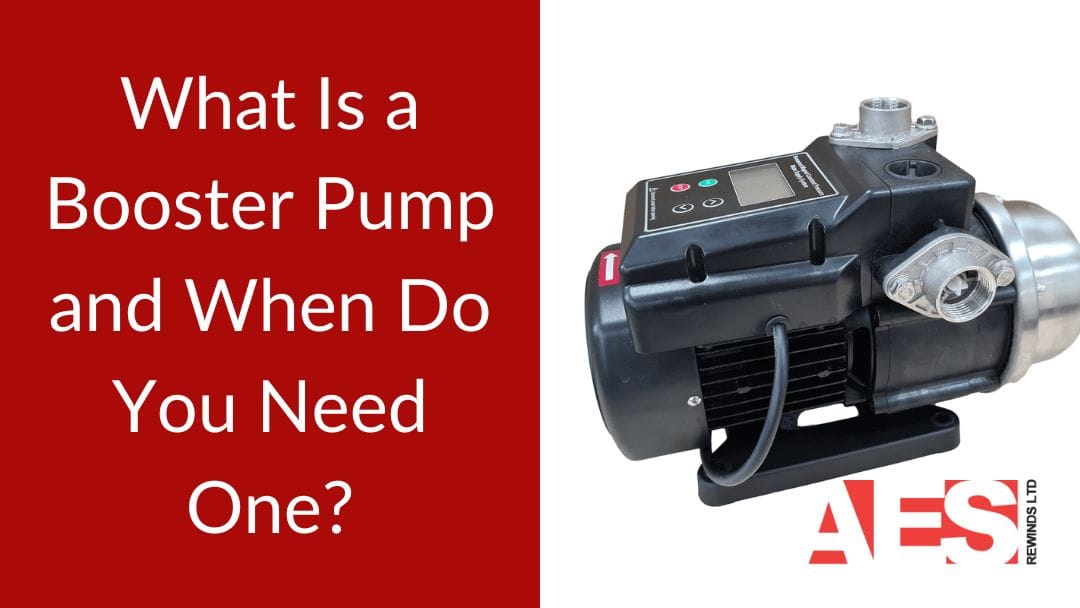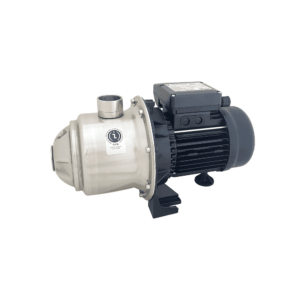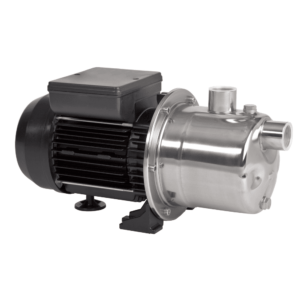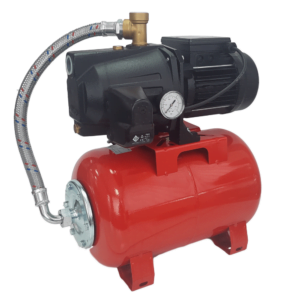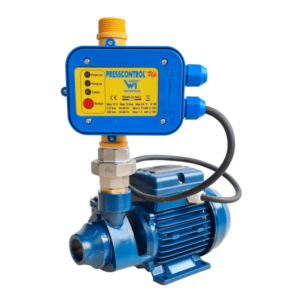If you’ve ever turned on the shower and been met with a feeble trickle instead of a refreshing blast, you know the frustration of low water pressure. Whether you’re in a multi-storey house, a flat, or a rural home with a well, poor water flow can make daily tasks a chore.
A booster pump could be the solution — a small yet powerful device that increases your water pressure without the need for major plumbing work. But how do you know if you need one? And which type is right for your property?
What Is a Booster Pump?
A booster pump is a compact mechanical device that connects directly to your home’s plumbing system and automatically activates when it senses weak water flow from your mains supply.
It uses a motor-driven impeller to increase fluid velocity and force, overcoming friction losses that reduce pressure throughout your plumbing network.
They’re commonly used in:
- Multi-storey homes and flats where water struggles to reach upper floors
- Rural or off-grid properties supplied by wells or tanks
- Homes with gravity-fed systems or long pipe runs
- Commercial buildings with high water demand
How Does a Booster Pump Work?
Booster pumps work by drawing in low-pressure water and increasing its force using a spinning impeller. The motor generates centrifugal force, pushing water through the outlet at higher pressure.
There are two main types:
- Single-stage booster pumps – Ideal for smaller homes needing a modest pressure lift
- Multi-stage booster pumps – Better for higher demands or multi-outlet systems
Most pumps include pressure switches to automatically regulate the pressure based on demand.
Signs You May Need a Booster Pump
You might benefit from a water pressure booster pump if:
- Your shower feels more like a mist than a stream
- Taps take ages to fill the sink or bath
- Appliances like dishwashers and washing machines take too long to fill
- Garden irrigation or outdoor hoses are underpowered
- You live in a multi-storey or gravity-fed property
- You rely on a well or tank and experience inconsistent water flow
Homes with well water may benefit from multistage pumps to achieve higher pressure across multiple floors.
Common Applications in the UK
Domestic use
Most UK homes suffering from low water pressure are either multi-level or use gravity-fed systems. Booster pumps help with:
- Showers and taps on upper floors
- Long pipe runs from the supply
- Simultaneous use of multiple appliances
In many domestic setups, surface mounted pumps are preferred for their easy maintenance and reliability.
Commercial buildings
Offices, hospitals, hotels and restaurants need consistent pressure across floors and fixtures. These often require multi-stage booster systems or variable-speed units.
Agricultural irrigation
Booster pumps help farmers draw water from tanks or boreholes, ensuring even pressure for sprinklers and irrigation systems. They also support large-scale coverage and reduce operational energy waste.
Are Booster Pumps Legal in the UK?
Yes — booster pumps are legal but must meet UK Water Regulations 1999. Systems that increase water flow above 12 litres per minute must include a break tank to prevent backflow.
Many large-scale systems also use centrifugal pumps for their reliability in maintaining steady flow.
UK Water Regulations 1999 Overview
The Water Supply (Water Fittings) Regulations 1999 cover safety and performance for UK plumbing systems. They mandate:
- Backflow prevention via break tanks or air gaps
- WRAS-approved components
- Proper installation to avoid mains contamination
Use of Break Tanks
Any booster system that exceeds 12 litres/minute must be connected to a break tank. This prevents backflow and isolates the pump from the public supply. It also enables pressure zoning in multi-storey buildings.
Need for Professional Installation
Booster pumps must be installed by qualified professionals. DIY installation risks:
- Water contamination
- Legal non-compliance
- Damage or fines
Always use WRAS-compliant components and professional installers.
Choosing the Right Booster Pump
Once you’ve confirmed the need, selecting the right booster pump means evaluating:
- Flow rate – Choose a pump that delivers sufficient LPM for your peak demand
- Pressure – Match bar rating to your outlet needs
- System type – Some require break tanks, others are plug-and-play
- Pump design – Positive or negative head, single or multistage
- Regulations – Ensure UK compliance and safe integration
Professional installation is recommended, especially when factoring in height and distance requirements.
Recommended products
Nocchi DHI Centrifugal Multistage Booster Pumps
From £439.54Pentair Jetinox Stainless Steel Centrifugal Booster Pumps
From £195.97Pentair Waterpress 70/50 Booster Pumps
From £354.98Pentax PM45-A Booster Pumps Automatic Control
From £267.73
FAQs
Will a booster pump improve my shower pressure?
Definitely — especially in upstairs bathrooms or long pipe runs.
How much does it cost to install a booster pump in the UK?
Typical domestic installation ranges from £500–£2,000, depending on the model and whether a break tank is needed.
Are booster pumps noisy?
Most modern models operate below 55 decibels. Variable-speed pumps are especially quiet and energy efficient.
Conclusion
A booster pump can transform frustratingly low water pressure into a powerful and consistent flow across your home or property. Whether you’re in a rural home, flat, or commercial building, there’s a model that fits your needs and complies with UK regulations.
Need help choosing the right booster pump?
Get in touch with our expert team today. We’ll guide you through the best options and ensure your setup delivers the pressure and performance you expect.

